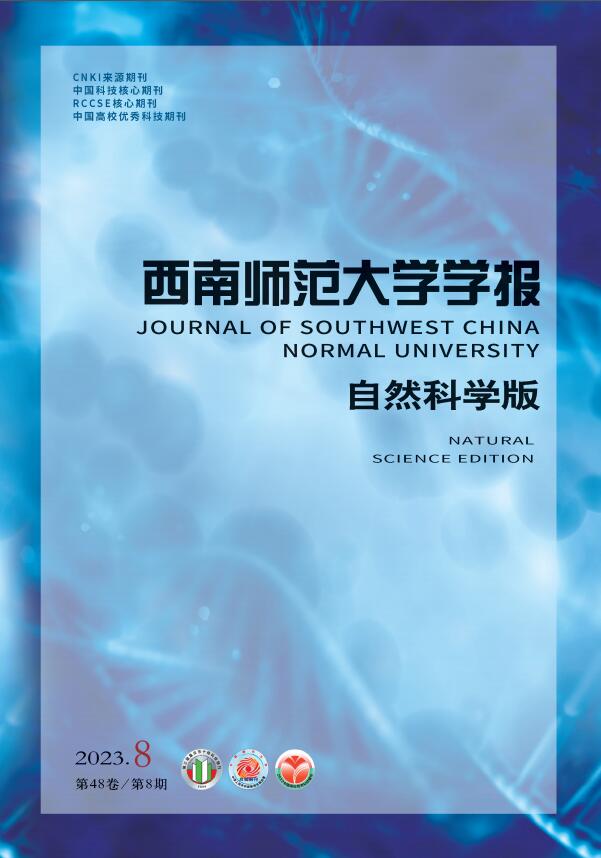On Role of Alveolar Epithelial Cells in Hyperoxic Acute Lung Injury
- Received Date: 02/03/2016
-
Key words:
- Hyperoxic acute lung injury /
- alveolar epithelial cells /
- Thyroid transcription factor 1 /
- Surfactant protein B /
- Newborn mice
Abstract: Observed the expressions of thyroid transcription factor-1(TTF-1)and surfactant protein B (SP-B) in the lungs of newborn mice with exposed to hyperoxia in order to explain the possible pathogenesis of hyperoxia acute lung injury(HALI). Totally 30 postnatal day 1 mice, which were randomly divided into hyperoxia exposed group and air control group(n=15)respectively. hyperoxia exposed for 72 hours induce the HALI.assessed the wet/dry weight(W/D)ratio,observed the changes of lung pathology, injury score andradical alveolar counts. The protein and mRNA expressions of thyroid transcription factor-1(TTF-1)and surfactant protein B (SP-B) were detected by immunofluorescence and real-time PCR after 24,48and72 hours, respectively. Contrasted the air control group, lung tissue gradually showed increased interstitial cell and pulmonary edema at hyperoxia exposed for 48 hours.andW/D ratio and injury scores of 48 hours(all PP<0.05). The mRNA and protein expression of TTF-1 and SP-B in lung tissue were decreased markedly at 72 hours of hyperoxia exposed group compared with the air control group. In newborn mice hyperoxia exposed can induced lung injury, and disrupts pulmonary epithelial may be plays an very important role in the development of HALI.






 DownLoad:
DownLoad: